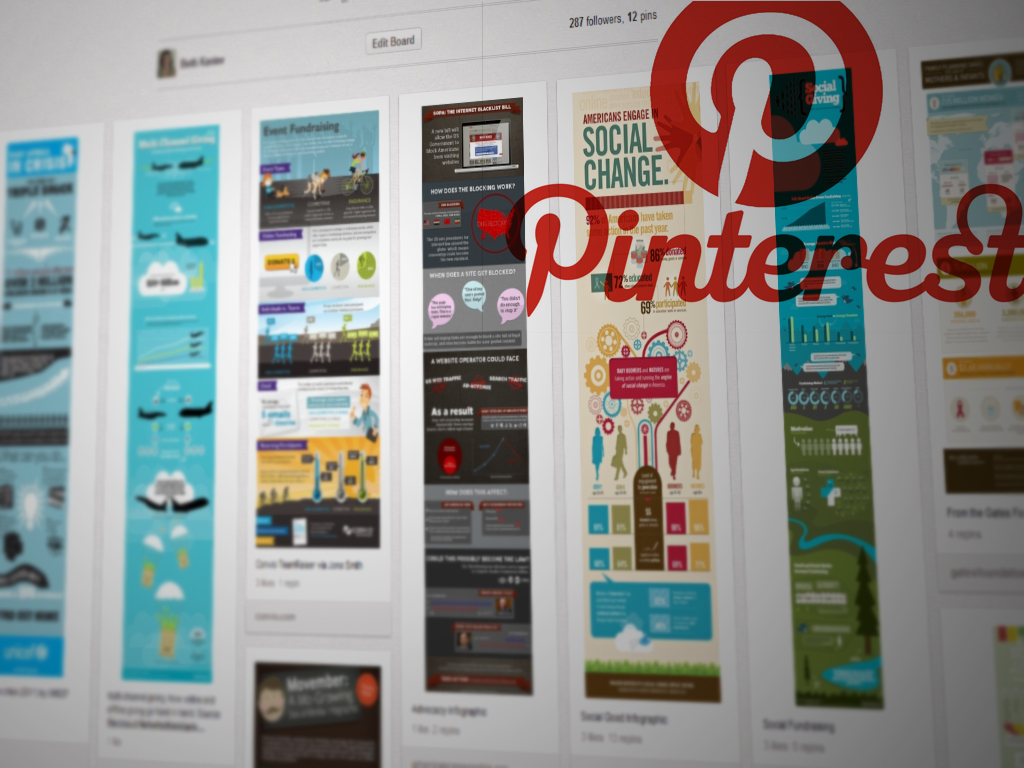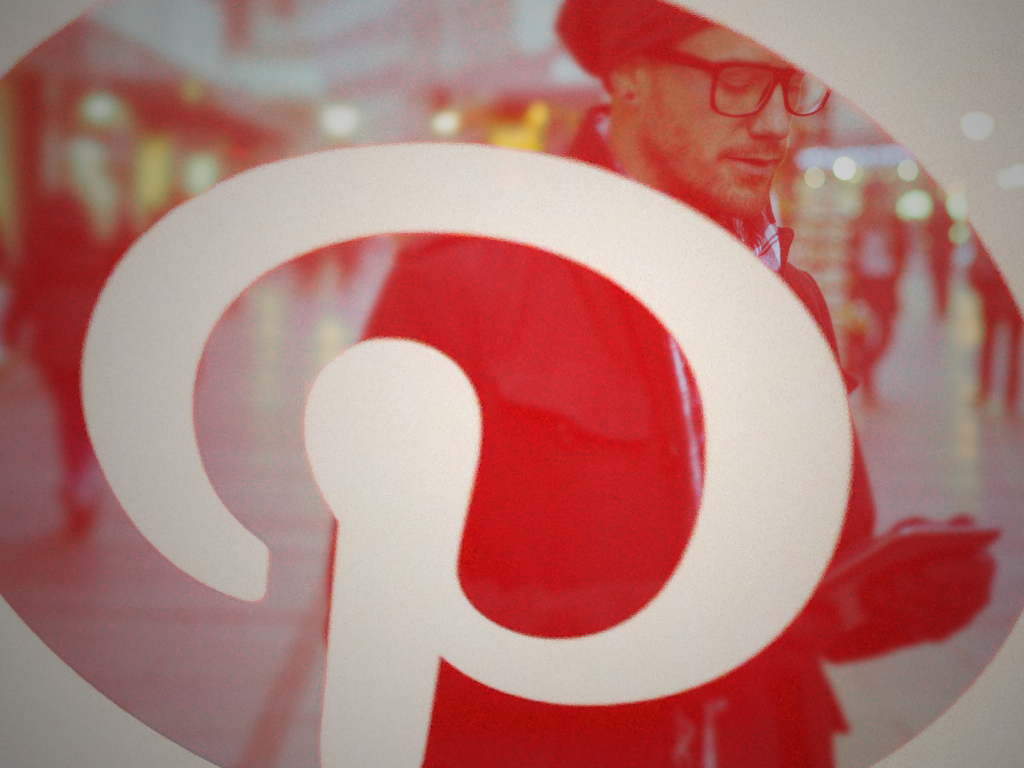On Pinterest, consumers are planning their lives and looking toward the future, which makes for a compelling marketing opportunity. Pinterest offers brands several opportunities to reach people at different stages of the purchase journey, whether it’s discovering your product or answering questions for people who are considering a purchase. Here’s a look at the role Pinterest plays in the consumer journey and five Pinterest marketing tips for brands.
Pinterest isn’t like other social networks. Kevin Knight, head of agency and brand strategy at Pinterest, speaking at Adobe Summit 2015, said Pinterest isn’t a social network at all. Nor is it a photo-sharing site.
Instead, Knight describes Pinterest as a visual bookmarking tool, which means it differs from other platforms in several key ways.
Why Pinterest Is Different
Help Consumers Discover You
Likes are less common on Pinterest than networks like Facebook and Instagram because users are more interested in pinning content than in liking it, he said.
What’s more, Knight said, “followers don’t matter that much on Pinterest.”
That’s because Pinterest users explore content for themselves. In other words, Pinterest is all about self-discovery – not self-promotion.
“It’s much less of a lean-back-and-see-what-the-Internet-is-bringing-to-me [platform] and more of a ‘Huh, this is what I’m interested in today and [I’m going to] start exploring it’-[platform],” Knight said.
This is precisely where marketers want to be, Knight said.
Make Consumers’ Dreams A Reality
On platforms like Facebook and Twitter, consumers are posting pictures of events that have already happened.
“Christmas trends on Pinterest in October,” Knight said. “It won’t trend on Twitter until December 23.”
These Pinterest users who are making Christmas trend in October want to discover content they didn’t know existed before. It’s this “hey-maybe-I-could-do-that” stage that is the perfect time for marketers to reach them, Knight says.
Pinterest users constitute a sizable audience at this point: Pinterest has more than 72 million monthly users, including 40 percent of U.S. women and one-third of U.S. millennials. In addition, the average active pinner has 24 boards.
Plus, these users are already pinning content from brands on their boards. In fact, a full two-thirds of pinned content comes from businesses, Knight said.
“People on Pinterest need businesses to make their dreams a reality,” Knight said.
Identify And Shape Trends
Pinterest also gives marketers a unique opportunity to see how consumers think about their brands as customers may be pinning products and content in ways or contexts that even the brands themselves hadn’t thought of before, Knight said.
“You can learn a lot about where the opportunity is and how to be an additive part of the user experience,” Knight said.
Knight uses the example of Jawbone’s activity tracker Up, which appears on fitness, fashion, goal and technology boards, among others, which he notes are “different use cases.”
That means brands like Jawbone can use Pinterest as “the world’s largest, most actionable focus group and look at how [users] are already baking your brand into their lives and you may see new trends emerge,” Knight said.
From there, brands may actually be able to shape trends they see coming and even be perceived as leaders for shaping those trends.
5 Pinterest Marketing Tips For Brands
Here is Knight’s best advice for brands to get the most out of Pinterest.
Tip 1: Details, Details, Details
Information is the one characteristic that drives the overwhelming majority of pins’ successes.
“If there’s one thing you take away, it’s that pins should be helpful. They should offer tips, advice or instructions in addition to showcasing the product,” Knight said.
Generally speaking, Pinterest helps consumers do whatever it is they want to do. It helps answer questions, including those that don’t have defined answers, which “represents an opportunity much bigger than search,” Knight said.
When Pinterest users are exploring content, it’s the detailed descriptions included in the pins that helps them transition from discovering content to potentially interacting with a brand or products in the physical world.
“If your pins are beautiful and unhelpful, they will fail, but if they are ugly and helpful, they will succeed,” Knight said.
Further, Knight notes, “Pinterest in and of itself is a big search engine.” That means the information brands provide in pin descriptions will pop up in search. That also helps brands connect the dots from their pins to consumer interests and capture search interest.
Brands should also make sure to include plenty of keywords in their descriptions and not worry about including too much text as Pinterest truncates descriptions to about 80 characters, so users will only see the full description if they tap on it because they are interested.
“Err on the side of over-instructing them,” Knight said.
Tip 2: Overlay Text
In addition, Knight recommends using text overlays on pins to immediately convey a pin’s main point to consumers (i.e., a picture may be worth a thousand words, but that doesn’t mean relevancy is always clear).
Brands can then provide additional details in the descriptions. Headlines can also communicate why given a pin is relevant to a user, he said.
Tip 3: Say Yes To Logos, But No To Banner Ads
Brands should incorporate tasteful branding, or at least make sure their pins don’t look like ads, Knight said. Avoid borders and blocks of logos or distracting text.
“When we dug into the data, we found that if consumers thought the pin looked like an ad, it had a significant decrease on engagement of up to 30 percent,” Knight said.
Inclusion of a logo, however, actually encourages engagement because consumers can see where a pin comes from and that it has some credibility, he said.
“It also tells you whether it’s right for you,” Knight said.
Tip 4: Color Is Subjective
Knight says there is no right answer for brands about color schemes on Pinterest – only that they use consistent colors that convey their brand (i.e., Coke and Home Depot wouldn’t want to use the color blue, likening themselves to Pepsi and Lowe’s).
“Just do what’s right for your brand and conveys your brand,” he said.
In addition, Knight recommended vertical pins and avoiding amateur and/or user-generated content.
Tip 5: Forget Hashtags
Brands should also steer clear of hashtags on Pinterest.
“They’re great for communication tools, but Pinterest is not a communication tool and there aren’t any conversations going on,” Knight said. “There’s nothing to pull together.”


